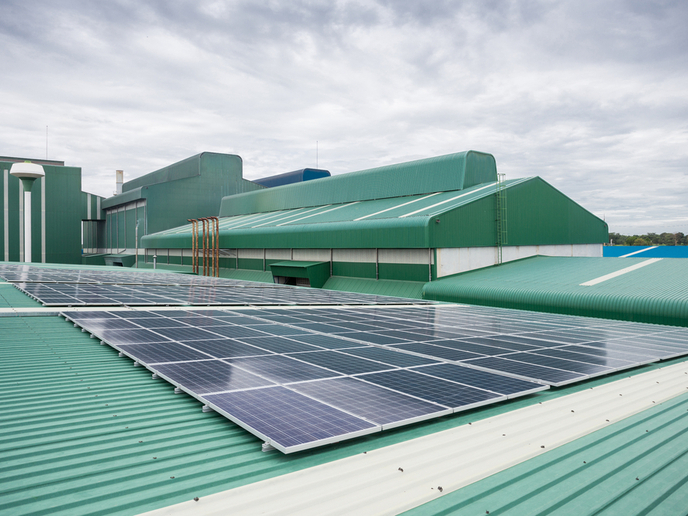New building panel seals thermal leaks, gains energy certification
Modern buildings are highly insulated, making them energy efficient. Nevertheless, otherwise well-insulated buildings still feature gaps in their external facades, where panels do not join completely. Called thermal bridges, these leak heat and decrease energy efficiency. Conventional fixes for thermal bridges are expensive. In multistorey buildings, such fixes can create additional problems. The EU-funded INSUPanel(opens in new window) project developed an alternative that solves the thermal bridge problem directly. The solution consists of a new, lightweight, non-structural wall panel, made of precast concrete. The panels align to close thermal bridges and seal the heat leaks. Project researchers improved on earlier models of the panels, developed techniques for automating production and designed a new anchorage system.
Reaching the standard
The new panel is based on the Passive House Standard(opens in new window), Europe’s highest for thermal insulation. It guarantees that buildings are free of thermal bridges, meaning that the buildings consume minimal energy needed for heating and cooling. Passive House is also a cost-effective solution. “INSUPANEL is a solution specifically designed for near-zero-energy buildings,” explains Juan Zorzano, project coordinator. “It’s easy to install and has high insulation performance. Other panel solutions can’t offer the same thermal properties.” Apart from thermal efficiency of both the panels and the anchorages, INSUPANEL offers several advantages for builders. The newly designed anchorage system attaches to the building frame. This allows easy and efficient assembly, and disassembly if the panels ever become damaged. The anchorage system also decreases the labour time required, further saving costs for the builder. The fact that the panels and the anchors self-align minimises possibility for mistakes. Unlike conventional building panels, use of the INSUPANEL components does not require special machinery or cranes.
Gaining certification
“Our key result,” adds Zorzano, “has been for INSUPANEL to have obtained certification from independent laboratories, and from the Passive House Institute(opens in new window) in Germany. Receiving this certification is a guarantee of quality.” Both forms of certification demonstrate the product’s high performance and thermal efficiency. After several rounds of design, testing and verification of the insulation layer, the air-tightness barrier and the anchorages, INSUPANEL is now included in the Passive House database of approved components. This will help make architects, designers and builders aware of the product. It will also offer options for achieving building efficiency at an economical price. The next step for the project will be commercialisation. The team plans to apply for the support of The Spanish Institute for Foreign Trade (ICEX)(opens in new window) for assistance with introductions to a network of companies in the regions surrounding Spain. The colder parts of Europe also represent an obvious market, and the team will seek the help of ICEX to form agreements and licensing arrangements with concrete manufacturers in those countries. The project’s eventual outcome will be widespread use of a thermally efficient material and system to reduce building energy consumption. This will help lower Europe’s carbon footprint and slow climate change.







